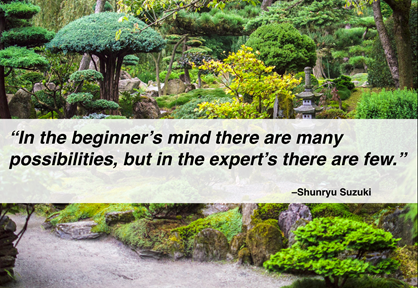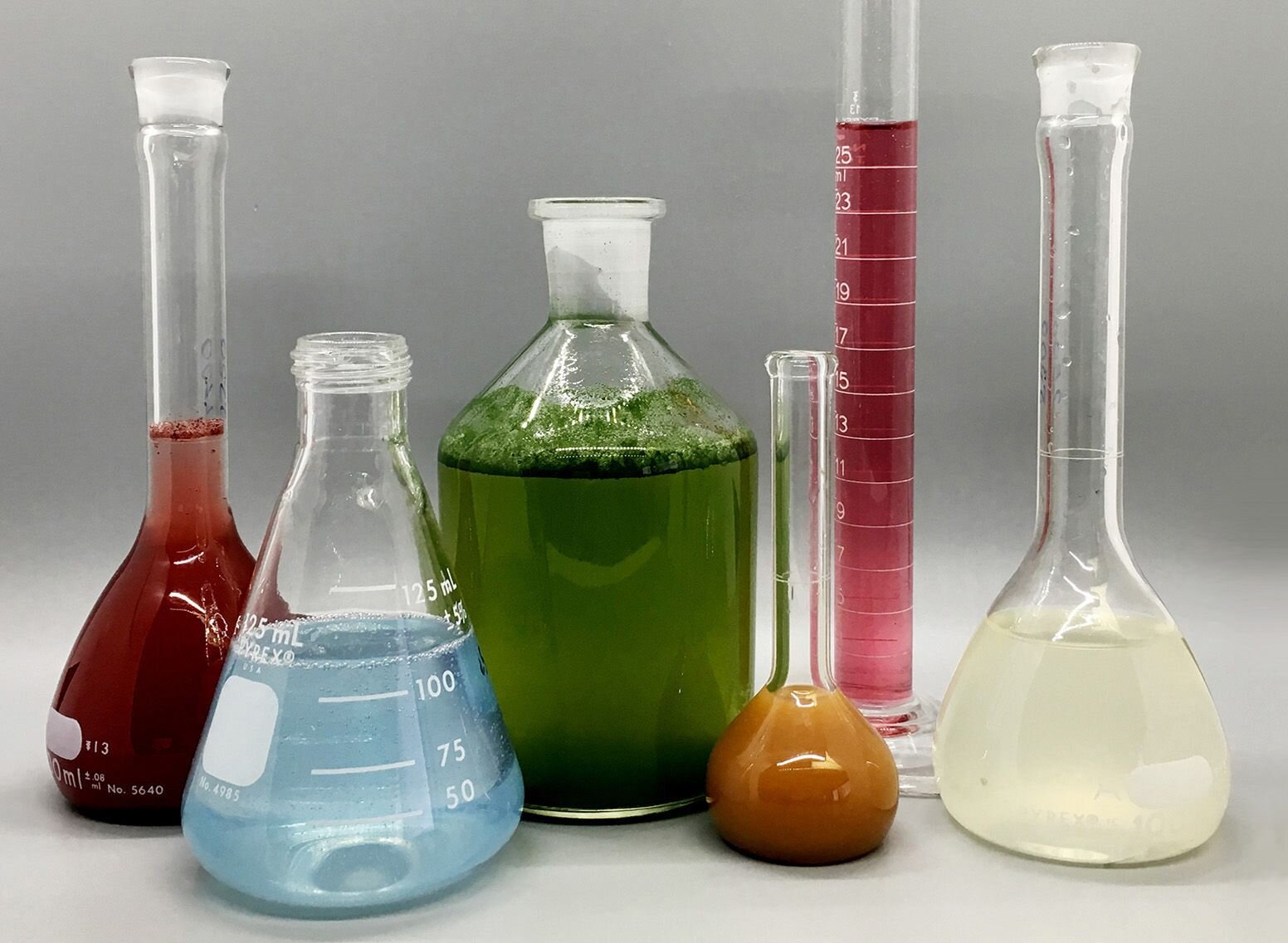10 Easy Facts About Uv/vis/nir Described
Wiki Article
Circularly Polarized Luminescence Can Be Fun For Everyone
Table of ContentsThe Best Guide To Uv/visThe Definitive Guide for Circularly Polarized LuminescenceWhat Does Spectrophotometers Mean?The Only Guide for Circular DichroismNot known Details About Uv/vis Spectrophotometers - An OverviewUnknown Facts About Uv/vis/nirCircular Dichroism - TruthsThe smart Trick of Uv/vis/nir That Nobody is DiscussingSome Known Details About Circularly Polarized Luminescence An Unbiased View of Uv/vis/nirHow Circularly Polarized Luminescence can Save You Time, Stress, and Money.What Does Circularly Polarized Luminescence Do?
It is then scanned through the sample and the recommendation solutions. Fractions of the occurrence wavelengths are transferred through, or shown from, the sample and the referral. The resultant light strikes the photodetector device, which compares the relative strength of the 2 beams. Electronic circuits transform the relative currents into direct transmission percentages and/or absorbance/concentration values.The transmission of a reference compound is set as a baseline (information) value, so the transmission of all other substances are taped relative to the initial "zeroed" compound. The spectrophotometer then converts the transmission ratio into 'absorbency', the concentration of particular components of the test sample relative to the initial substance.
Since samples in these applications are not easily available in large amounts, they are specifically suited to being examined in this non-destructive technique. In addition, valuable sample can be conserved by utilizing a micro-volume platform where as low as 1u, L of sample is required for complete analyses. A quick explanation of the treatment of spectrophotometry consists of comparing the absorbency of a blank sample that does not consist of a colored compound to a sample that contains a colored compound.
An Unbiased View of Spectrophotometers
In biochemical experiments, a chemical and/or physical property is picked and the treatment that is used is specific to that home in order to derive more details about the sample, such as the quantity, purity, enzyme activity, and so on. Spectrophotometry can be used for a variety of methods such as figuring out ideal wavelength absorbance of samples, figuring out optimal p, H for absorbance of samples, figuring out concentrations of unknown samples, and identifying the p, Ka of numerous samples.: 21119 Spectrophotometry is also a helpful process for protein filtration and can likewise be used as a method to create optical assays of a compound.It is possible to understand the concentrations of a two part mixture utilizing the absorption spectra of the basic services of each element. To do this, it is required to know the extinction coefficient of this mixture at two wave lengths and the extinction coefficients of options that consist of the recognized weights of the 2 components.

Some Known Questions About Uv/vis/nir.
Region. The concentration of a protein can be approximated by measuring the OD at 280 nm due to the presence of tryptophan, tyrosine and phenylalanine.Nucleic acid contamination can likewise interfere. This technique requires a spectrophotometer efficient in measuring in the UV area with quartz cuvettes.: 135 Ultraviolet-visible (UV-vis) spectroscopy involves energy levels that excite electronic transitions. Absorption of UV-vis light excites particles that remain in ground-states to their excited-states. Noticeable area 400700 nm spectrophotometry is used extensively in colorimetry science.
These curves can be utilized to test a brand-new batch of colorant to check if it makes a match to requirements, e
Traditional visible region spectrophotometers can not detect if find colorant or the base material has fluorescence. This can make it challenging to manage color problems if for example one or more of the printing inks is fluorescent. There are 2 major setups for visual spectrum spectrophotometers, d/8 (spherical) and 0/45.
Researchers utilize this instrument to determine the amount of compounds in a sample. If the substance is more focused more light will be taken in by the sample; within little ranges, the Beer, Lambert law holds and the absorbance in between samples differ with concentration linearly. When it comes to printing measurements 2 alternative settings are typically utilized- without/with uv filter to manage better the effect of uv brighteners within the paper stock.
Indicators on Circularly Polarized Luminescence You Should Know
Some applications need small volume measurements which can be performed with micro-volume platforms. As described in the applications section, spectrophotometry can be used in both qualitative and quantitative analysis of DNA, RNA, and proteins. Qualitative analysis can be utilized and spectrophotometers are utilized to tape-record spectra of compounds by scanning broad wavelength regions to identify the absorbance properties (the strength of the color) of the substance at each wavelength.
Spectrophotometers for Dummies
One major element is the type of photosensors that are offered for different spectral areas, however infrared measurement is likewise tough because virtually everything produces IR as thermal radiation, particularly at wavelengths beyond about 5 m. Another problem is that numerous materials such as glass and plastic absorb infrared, making it incompatible as an optical medium.Recovered Dec 23, 2018. Fundamental Lab Approaches for Biochemistry and Biotechnology (2nd ed.). The necessary guide to analytical chemistry.
Oke, J. B.; Gunn, J. E.
Excitement About Spectrophotometers

1021/ac50048a728. ISSN0003-2700. Ninfa AJ, Ballou DP, Benore M (2015 ). Fundamental Laboratory Methods for Biochemistry and Biotechnology (3, rev. ed.). Hoboken, NJ: Wiley & Sons. p. 77. ISBN9780470924525. OCLC915641828. "Totally Automatic Double Beam - Atomic Absorption Spectrophotometer (AA 8000)". Laboratory Equipment. Labindia Analytical Instruments Pvt. Ltd. "Spectrophotometry Applications and Principles".
Uv/vis Can Be Fun For Everyone
"Applied Spectrophotometry: Analysis of a Biochemical Mixture". Biochemistry and Molecular Biology Education. Journal of Biochemistry Education.Spectrophotometers Can Be Fun For Everyone
U.S. Department of Commerce National Bureau of Standards unique publication; 378. Washington, D.C.: U.S. National Bureau of Standards.The process starts with a regulated source of light that brightens the analyzed sample. In the case of reflection, as this light engages with the sample, some is taken in or released. The released light travels to the detector, which is examined, measured, and presented as industry-standard color scales and indices.
Industry governing bodies typically specify particular metrics for particular products, such as Tomato and Coffee indices. The simplified math looks like this: Where R is the reflection coefficient. All terms are evaluated over the noticeable spectrum from 400 to 700 nm. When it comes to transmission, when the light connects with the sample, it is either taken in, shown, or transferred.
Indicators on Uv/vis/nir You Need To Know
Examples include APHA (American Public Health Association) for watercolor and purity analysis, ASTM D1500 for petrochemical color analysis, edible oil indices utilized in food, and color analyses of drinks. The simplified mathematics appears like this:. Where T is the transmission coefficient. All terms are examined over the visible spectrum from 400 to 700 nm.Image Credit: Matej Kastelic/ Dr. Arnold J. Beckman and his associates at the National Technologies Laboratories initially developed the spectrophotometer in 1940. In 1935 Beckman founded the business, and the discovery of the spectrophotometer was their most ground-breaking creation.
The smart Trick of Circular Dichroism That Nobody is Talking About
99% precision. With time, researchers kept improving the spectrophotometer style to enhance its efficiency. The UV capabilities of the model B spectrophotometer were improved by changing the glass prism with a quartz prism. Ultimately, the Model DU was developed, including a hydrogen lamp and other improvements. This instrument was utilized in commercial laboratories, clinics, and chemistry and biochemistry departments.After 1984, double-beam variations of the device were created. The addition of external software application with the provision of onscreen display screens of the spectra was available in the 1990s. Typically, a spectrophotometer is comprised of two instruments, particularly, a spectrometer and a photometer. A fundamental spectrophotometer contains a source of light, a monochromator, a collimator for straight light beam transmission, a cuvette to put a sample, and a photoelectric detector.
Examine This Report about Circular Dichroism
There are various kinds of spectrophotometers in numerous shapes and sizes, each with its own purpose or performance. A spectrophotometer identifies just how much light is shown by chemical components. spectrophotometers. It determines the difference in light intensity based on the total quantity of light presented to a sample and the quantity of beam that goes through the sample option
According to the instrument's style, the sample is positioned between the spectrometer and the photometer. After the light is passed through the sample, the photometer determines its intensity and displays the reading. A spectrophotometer is used to determine the concentration of both colorless and colored solutes in a service. This instrument is utilized to figure out the rate of a response.
Report this wiki page